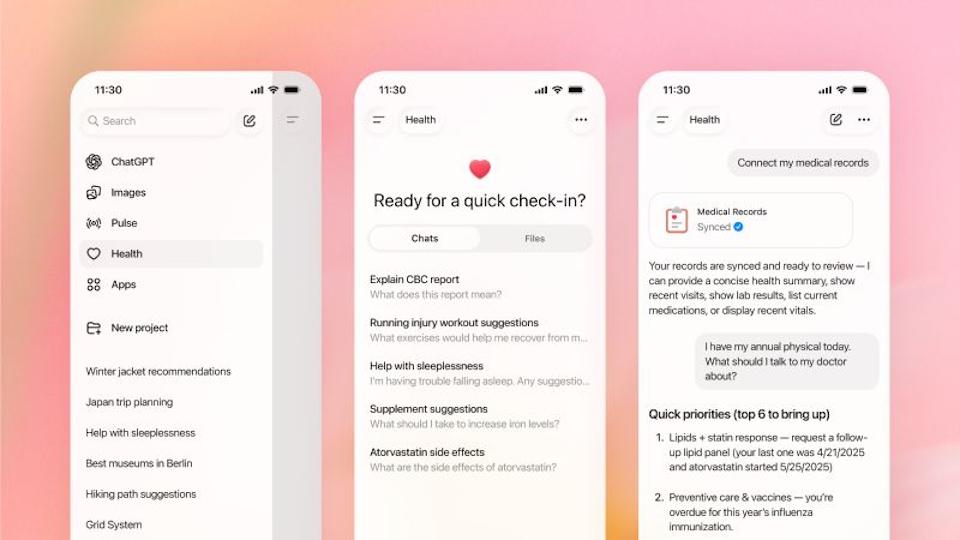FDA publishes premarket guidance on combination products

The FDA has published new premarket guidance on efficient development and review of combination products, which often combine drugs or biologic medicines with a device. In a statement the FDA referred to the technologies such as digital pills from Proteus Digital Health, which track when patients take their drugs, size of dose, and medication taken. The pills contain a sensor that activates when it gets wet in the stomach and sends a signal to patch that patients wear on their torso. This transmits data to an online portal that the patients can view and share with their doctor if they choose to do so. The new premarket guidance from the FDA is designed to ensure fast and effective reviews of combination products, which can be complicated to develop, while creating a robust review process to ensure they are safe and effective.  Scott Gottlieb In a statement FDA commissioner Scott Gottlieb said: “We’re seeing innovations that hold out great promise, but they’re increasingly blurring the lines across our medical product centres. “We believe cross-centre collaboration is key to successfully advancing safe and effective combination products.” The framework is designed to clarify the process, and make it predictable, efficient and consistent. In the document the FDA clarifies pathways to approval depending on whether a combination product is drug-led, biologic-led, or device-led. The part of the product that contributes most to its intended effects determines which pathway it takes. The guidance presents the thinking of the FDA on principles for premarket review of combination products, including how to determine the type of premarket submission that is appropriate. This could include reviews for novel drugs, generics, a biologic drug or biosimilar review, or a filing for a device-led product. The FDA said a single application is generally appropriate for combination products, with the regulator calling on expert advice when necessary. Guidance is still only in draft form, and is part of the regulator’s efforts to implement the 21st Century Cures Act, which came into effect in late 2016 and aimed to ease the regulatory burden on pharma companies getting new drugs approved.
Scott Gottlieb In a statement FDA commissioner Scott Gottlieb said: “We’re seeing innovations that hold out great promise, but they’re increasingly blurring the lines across our medical product centres. “We believe cross-centre collaboration is key to successfully advancing safe and effective combination products.” The framework is designed to clarify the process, and make it predictable, efficient and consistent. In the document the FDA clarifies pathways to approval depending on whether a combination product is drug-led, biologic-led, or device-led. The part of the product that contributes most to its intended effects determines which pathway it takes. The guidance presents the thinking of the FDA on principles for premarket review of combination products, including how to determine the type of premarket submission that is appropriate. This could include reviews for novel drugs, generics, a biologic drug or biosimilar review, or a filing for a device-led product. The FDA said a single application is generally appropriate for combination products, with the regulator calling on expert advice when necessary. Guidance is still only in draft form, and is part of the regulator’s efforts to implement the 21st Century Cures Act, which came into effect in late 2016 and aimed to ease the regulatory burden on pharma companies getting new drugs approved.













